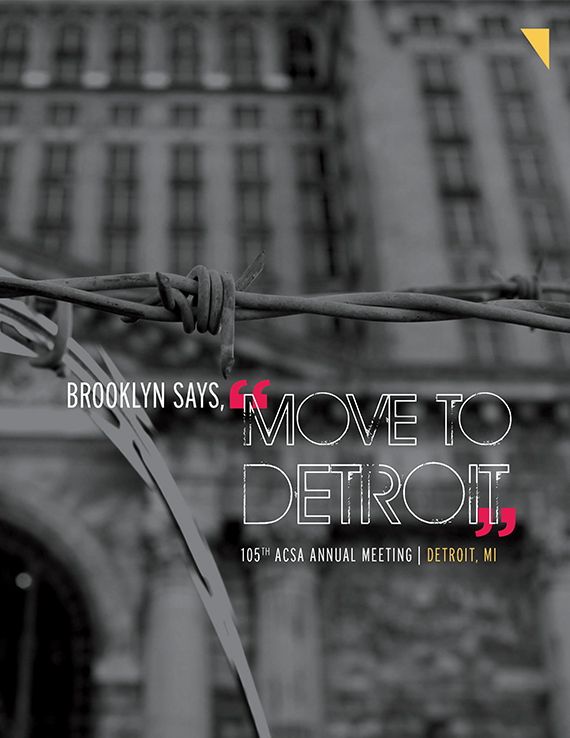Author(s): Juan Guillermo Yunda
From the 1950s to the 1970s, Bogotá, Colombia was one of the fastest growing cities in the world due to extensive migration from the countryside. Because of a lack of development control during this period,Bogotá became characterized by extreme social and geographic polarization between rural migrants and urban elites, which in turn exacerbated the traditional uneven development of the city. Elites primarily located in neighborhoods in the north of Bogotá, well served by municipal infrastructure and enjoying easy access to services and employment opportunities. Low-skilled rural migrants settled in neighborhoods in the south that had poor municipal services and were located in environmentally polluted areas far from the central business districts.
https://doi.org/10.35483/ACSA.AMP.105.38
Volume Editors
Luis Francisco Rico-Gutierrez & Martha Thorne
ISBN
978-1-944214-07-4

 Study Architecture
Study Architecture  ProPEL
ProPEL 
